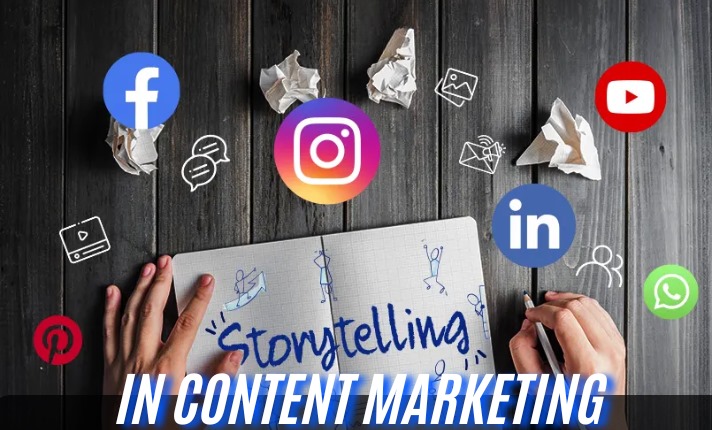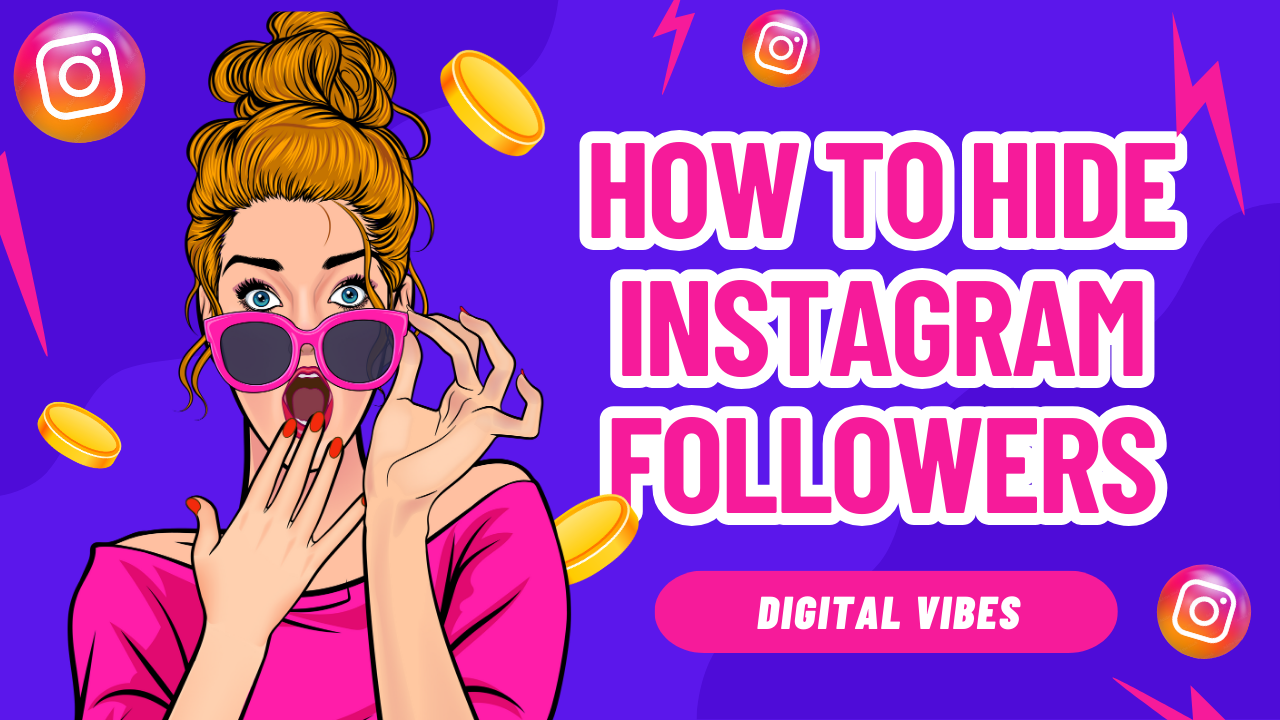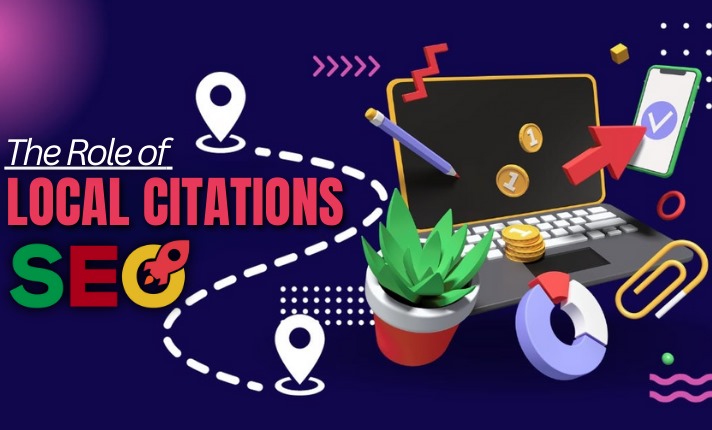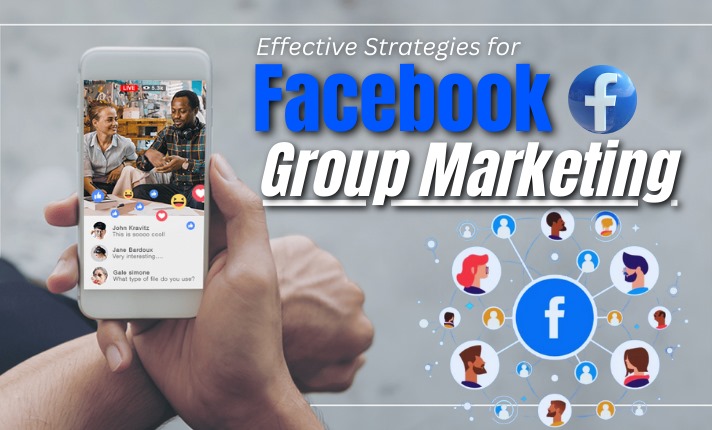
Introduction
In today’s digital landscape, the competition for audience attention is fierce. Brands are continually seeking innovative ways to connect with their audience on a deeper level. One such powerful tool is storytelling. By weaving narratives into your content marketing strategy, you can create memorable experiences that resonate with your audience and drive engagement.
1. Why Storytelling Matters in Content Marketing
Human Connection and Emotion
Storytelling taps into the fundamental human need for connection and emotion. When you share a story, you evoke feelings and create a bond with your audience. This emotional engagement is crucial for building trust and loyalty, which are key components of a successful content marketing strategy.
Enhancing Brand Identity
Your brand’s story is a unique narrative that sets you apart from the competition. By consistently telling your brand’s story across various channels, you can strengthen your brand identity and make a lasting impression on your audience.
2. Crafting a Compelling Brand Story
Know Your Audience
Understanding your audience is the first step in crafting a compelling story. Conduct thorough research to identify their needs, preferences, and pain points. Tailor your narrative to address these aspects, making your story relevant and relatable.
Define Your Message
What message do you want to convey through your story? Whether it’s showcasing your brand values, highlighting a product’s benefits, or sharing customer success stories, having a clear and focused message will guide your storytelling efforts.
Use a Storytelling Framework
A well-structured story typically includes the following elements:
- H4: Introduction: Set the scene and introduce the characters.
- H4: Conflict: Present a challenge or problem that needs to be solved.
- H4: Resolution: Show how the characters overcome the challenge.
- H4: Conclusion: Highlight the lessons learned and the positive outcome
3. Integrating Storytelling into Your Content Marketing Strategy
Blog Posts
Use storytelling in your blog posts to make your content more engaging. Share anecdotes, case studies, and real-life examples to illustrate your points and keep readers interested.
Social Media
Social media platforms are perfect for sharing short, impactful stories. Use visuals, videos, and concise narratives to capture your audience’s attention and encourage interaction.
Email Marketing
Incorporate storytelling into your email campaigns to create a more personal connection with your subscribers. Share behind-the-scenes stories, customer testimonials, and brand milestones to keep your audience engaged.
Measuring the Impact of Storytelling
Track Engagement Metrics
Monitor metrics such as likes, shares, comments, and time spent on page to gauge how well your stories resonate with your audience. High engagement levels indicate that your storytelling efforts are successful.
Analyze Conversion Rates
Storytelling should not only engage but also drive action. Track conversion rates to see if your stories are leading to desired outcomes, such as sign-ups, purchases, or other calls to action.
Conclusion
Storytelling is a powerful tool in content marketing that can help you connect with your audience on a deeper level. By crafting compelling narratives and integrating them into your marketing strategy, you can enhance your brand’s identity, build trust, and drive engagement. Start telling your brand’s story today and watch your content marketing efforts flourish.
If you want to explore how Digital Vibes can help elevate your social media marketing strategy and achieve your business goals, please scroll down and click on our service button to discover our range of services. We are confident you’ll see great results with our service.
Share this post :
Our Service
Get Our Social Media Marketing Service







